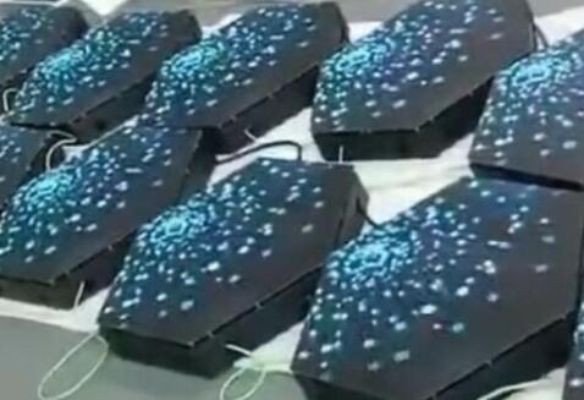NEWS
LATEST MEWS

Address: The second floor, building B, Qiaotong Industrial Park, Yuanling industrial zone, Shangwu community, Shiyan Street, Baoan District, Shenzhen City, Guangdong Province, China
TEL: 15915407079
Mail: 383819546@qq.com
Industry News
HomeIndustry NewsDetails
What is LED display technology
Publish: 2023-03-21 09:50:42 Update: 2023-03-21 10:05:09 View: 1807LED display screen is one of the main application fields of light emitting diodes, which has developed rapidly in recent years. Currently, LED display screens are manufactured with advanced technology and low prices, making it difficult for foreign companies to compete in the mainland market. According to incomplete statistics, in 1998, there were more than 150 LED display screen manufacturers in China, manufacturing about 50000 square meters of various types of displays, and achieving an output value of 1.4 billion yuan. The LED industry has made remarkable achievements. In recent years, in terms of product structure, manufacturing technology, product quality, mass production level, market share, and other aspects, Japan has been closely followed in the world LED industry, ranking third in the world after the United States and Japan. Over the past five years, the average annual growth has reached over 20%. In 1997, Taiwan ranked fourth among the top ten photoelectric products, with an output value of S $18870 million. Epistar Corp has successfully developed red, green, and blue chips for full color lights and displays, with light intensity exceeding 70 mcd. A company that is currently in production uses MOVPE technology to produce InGaAlp ultra bright luminescent materials and chips. There are seven companies in Taiwan that produce LED chips, producing various traditional chips, accounting for more than 70% of the world's output.
Light emitting diodes (LEDs) are widely used, and are popular among electrical engineers and researchers due to their low operating voltage, low power consumption, rich colors, and low prices. In the early days, traditional products had low luminous efficiency and light intensity of several to dozens of MCDs, making them suitable for indoor applications, such as household appliances, instruments, communication equipment, microcomputers, and toys. Due to the increasing development of application technology, new application opportunities have emerged for traditional products. The popular LED Christmas lights, with their novel shapes, such as duckbill Christmas lights, colorful ball lights, and pearly window lights, are also rich in color, not fragile, and safe for low voltage use. Recently, they have enjoyed strong sales in Southeast Asia such as Hong Kong, and are widely welcomed by people, threatening and replacing the existing lightning bulb Christmas market. A popular flash shoe for children, which uses LEDs to flash and emit light during walking and sleeping, making it very eye-catching, with both monochromatic and dichromatic lights. In terms of industrial products, LED type AD11 indicator lamps are widely used on power cabinets. Several products use multiple chips to integrate light sources, with three colors of red, yellow, and green. After capacitor voltage reduction, they can use 220V and 280V power supplies. According to a manufacturer in Jiangsu, the company has an annual sales volume of over 10M units, requiring (200 to 300) M LED chips per year, and there is still potential for market expansion. Due to the clear indication of active lighting, long life, low power consumption, and other characteristics, it is very popular with users, and will soon be able to completely replace the bubble type AD11 products. In short, the market for traditional light-emitting diodes will not only improve with the growth of existing application products, but also open up market opportunities for new applications




